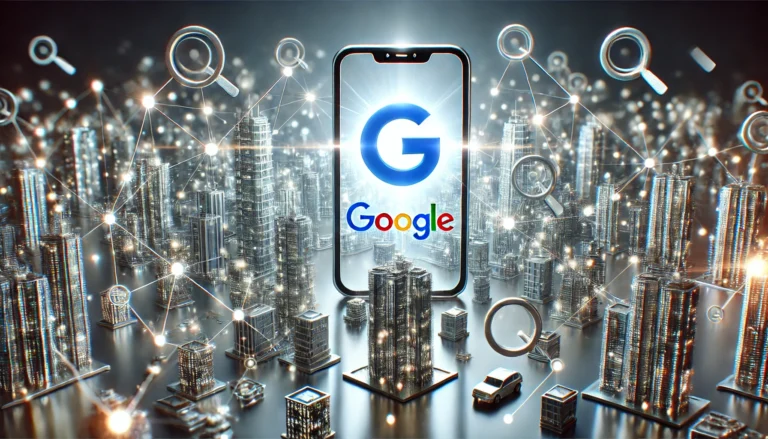In today’s fast-paced world, the ability to navigate quickly and efficiently is paramount. The advent of digital maps and GPS systems has revolutionized the way we travel, but the future holds even greater promise with the rise of instanavigation technology. This cutting-edge innovation is set to redefine real-time navigation, offering unprecedented accuracy, speed, and convenience.
What is Instanavigation?
Instanavigation refers to advanced navigation systems that provide instant, real-time guidance and updates to users. Unlike traditional GPS systems that may experience delays or inaccuracies due to signal interruptions or outdated maps, instanavigation leverages a combination of technologies, including artificial intelligence (AI), machine learning (ML), and augmented reality (AR), to deliver seamless and precise navigation experiences.
Key Features of Instanavigation
- Real-Time Updates: Instanavigation systems continuously update route information based on live traffic data, road conditions, and user preferences. This ensures that users receive the most efficient and accurate directions at any given moment.
- Enhanced Accuracy: By integrating data from multiple sources, such as satellite imagery, traffic cameras, and crowd-sourced reports, instanavigation provides highly accurate positioning and routing. This reduces the likelihood of errors and improves overall reliability.
- AI-Powered Insights: AI algorithms analyze patterns in traffic and user behavior to predict potential delays and suggest alternative routes. This proactive approach helps users avoid congestion and save time.
- Augmented Reality: AR features overlay navigation instructions directly onto the user’s field of view, making it easier to follow directions without taking their eyes off the road. This enhances safety and reduces distractions.
- Seamless Integration: Instanavigation systems are designed to integrate with various devices and platforms, from smartphones and in-car systems to wearable tech. This ensures a consistent navigation experience across different mediums.
Applications of Instanavigation
- Urban Commuting: City dwellers can benefit from real-time updates on public transportation schedules, traffic jams, and road closures, making their daily commutes more efficient.
- Logistics and Delivery Services: Companies can optimize delivery routes and schedules, improving efficiency and reducing costs. Real-time tracking also enhances customer satisfaction by providing accurate delivery estimates.
- Travel and Tourism: Tourists can explore new cities with confidence, using AR-guided tours and real-time recommendations for nearby attractions, restaurants, and hotels.
- Emergency Services: First responders can reach their destinations faster with real-time updates on road conditions and the fastest routes available.
The Future of Instanavigation
As technology continues to evolve, instanavigation is poised to become even more sophisticated. Advances in AI and ML will enable systems to learn from user behavior and preferences, providing increasingly personalized navigation experiences. The integration of 5G networks will further enhance the speed and reliability of real-time updates, making instanavigation an indispensable tool for both everyday users and industry professionals.
Read also: Unlock the Power of Blogging with MistyInfo.com
conclusion
instanavigation represents a significant leap forward in navigation technology. Its ability to provide real-time, accurate, and context-aware guidance makes it a game-changer in various fields, from urban commuting to logistics and beyond. As we look to the future, the continued development of instanavigation promises to make our journeys safer, faster, and more enjoyable.








